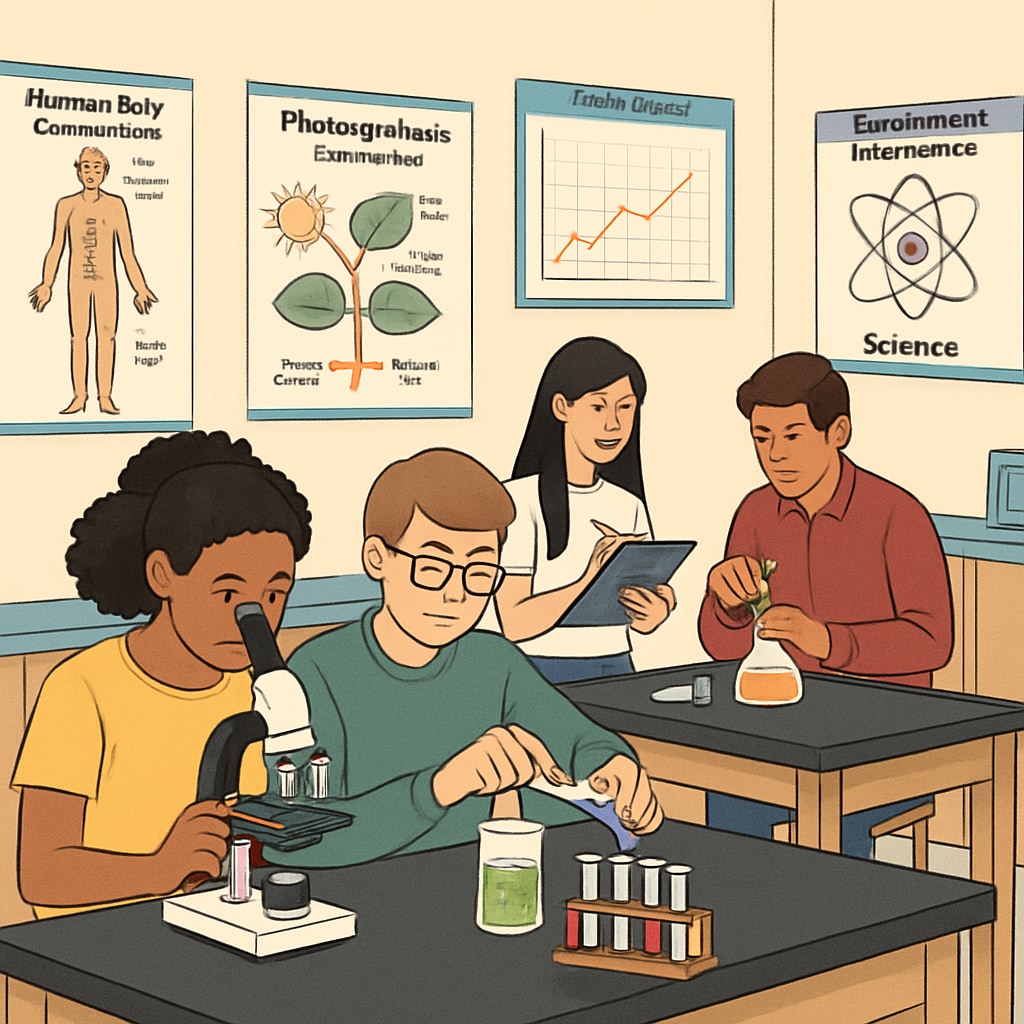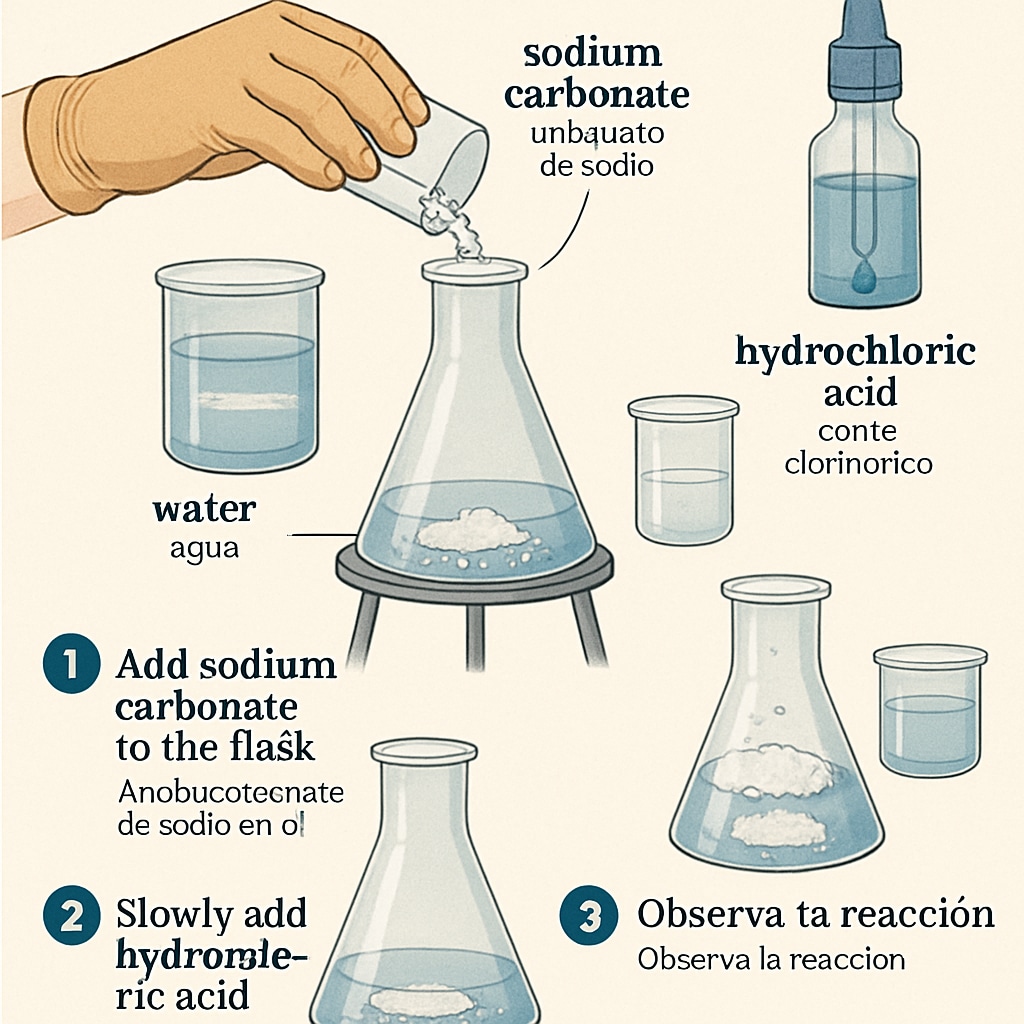In today’s diverse high school classrooms, supporting English language learners (ELLs) in science education is both a challenge and an opportunity. With many students at varying levels of English proficiency, it’s essential for educators to implement strategies that blend linguistic support with effective science teaching. Differentiated instruction and inclusive practices are key to ensuring that all learners can thrive academically while developing their English skills.
Understanding the Needs of ELLs in Science Classrooms
English language learners face unique challenges in science education. Not only must they master complex scientific concepts, but they also need to navigate technical vocabulary, abstract reasoning, and language-heavy tasks such as reading, writing, and discussing scientific ideas. As a result, teachers must address both content learning and language acquisition simultaneously.
For example, a student with limited English proficiency might struggle to understand terms like “photosynthesis” or “atomic structure” without visual aids or simplified explanations. Therefore, fostering an environment rich in multimodal learning—using images, charts, videos, and hands-on activities—is essential for bridging these gaps.

Practical Strategies for Differentiated Instruction
To effectively support ELLs, differentiated instruction is vital. This approach involves tailoring teaching methods and materials to accommodate students’ diverse needs. Here are some practical strategies:
- Scaffold Language Support: Provide sentence starters, word banks, or graphic organizers to help students structure their thoughts and communicate effectively.
- Visual and Hands-On Learning: Use diagrams, models, and experiments to illustrate scientific concepts, reducing reliance on text-heavy explanations.
- Pairing and Group Work: Encourage collaborative learning by pairing ELLs with peers who can provide language assistance while working on shared tasks.
- Modified Assessments: Offer alternative assessment formats, such as oral presentations or illustrated reports, that allow ELLs to demonstrate understanding without relying solely on written language.
These techniques not only enhance comprehension but also build confidence in students navigating a new language.

Creating an Inclusive Learning Environment
Beyond instructional strategies, fostering an inclusive classroom culture is crucial for ELLs’ success. Teachers can create a welcoming space by:
- Celebrating Diversity: Incorporate examples and case studies from different cultures to demonstrate the global relevance of science.
- Encouraging Participation: Use non-verbal cues, such as thumbs-up or pointing, to invite ELLs to engage without the fear of making language errors.
- Building Relationships: Show empathy and interest in students’ linguistic and cultural backgrounds to build trust and rapport.
Inclusive practices not only support ELLs but also enrich the learning experience for all students by promoting cultural awareness and collaboration.
Leveraging Resources for ELL-Friendly Science Instruction
Teachers can access a wealth of resources to enhance science instruction for ELLs. For example:
- Colorín Colorado: A bilingual website offering tools and strategies for teaching ELLs.
- National Science Teaching Association: Provides lesson plans and materials tailored to diverse learners.
Additionally, integrating technology, such as language translation apps or interactive science simulations, can further support ELLs in grasping complex concepts.
Conclusion: Supporting English language learners in high school science classrooms requires a thoughtful blend of differentiated instruction, inclusive practices, and resourceful teaching. By addressing both content and language needs, educators can empower ELLs to succeed academically while building their confidence in English proficiency.


